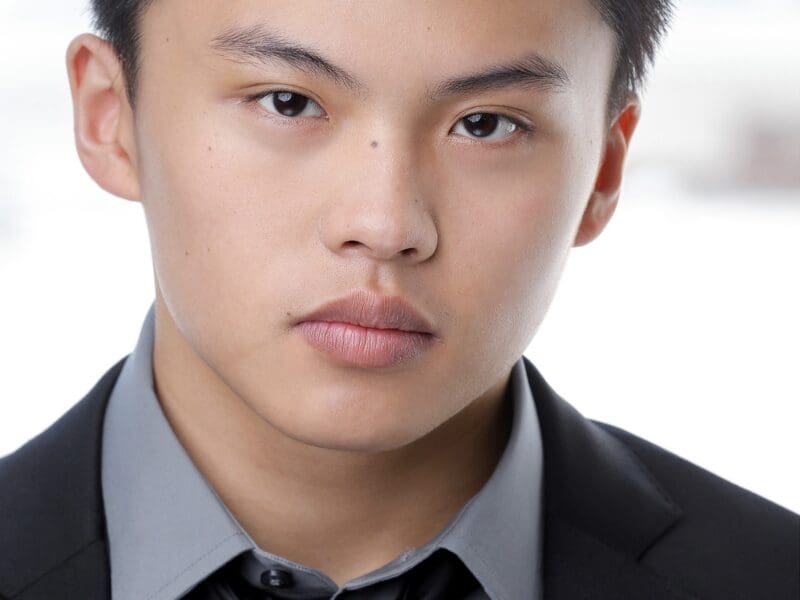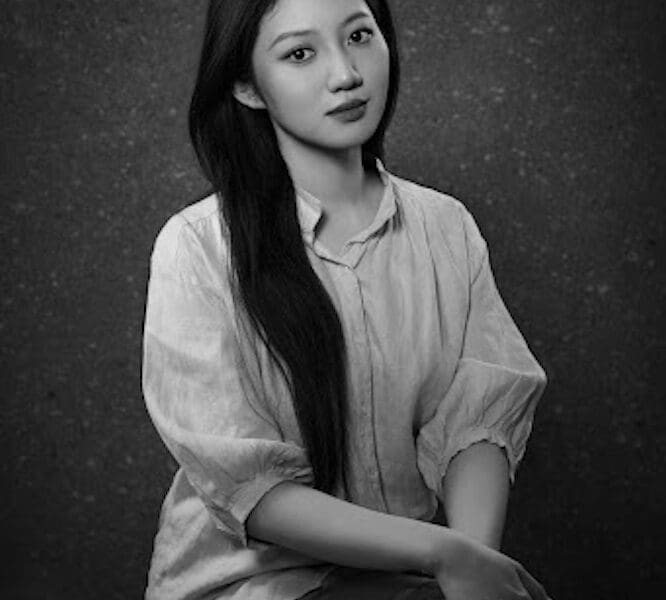
Cinematography isn’t an easy job: The best cinematographers
The director of photography sounds like a very important job on a film – because it is. More or less the technical director of a film, a good DOP can make your film look amazing (or just leave the lens cap on and act like they didn’t know). The director has the vision for a film in their head and it’s the DOP’s job to try and make that vision a reality.
If you think you can just hire any old camera person to shoot your film and that’s it, you really are missing a trick. Here are some examples of cinematographers who could have taken that idea you had for a five-minute zombie film and turned it into a three-hour epic about the very nature of man.
Jack Cardiff
Michael Powell (The Tales of Hoffmann) and Emeric Pressburger (The Red Shoes) made up the filmmaking team that worked on some of cinema’s most pioneering work. While they directed as a pair, they pretty much became a trio when color cinema came around, as without DOP Jack Cardiff, these amazing pieces of cinema (such as A Matter of Life and Death) wouldn’t have been what we know them as today.
Sven Nykvist
“Bergman’s cameraman” is a title that anyone in the history of cinema would be happy to take and Sven Nykvist is the one who takes it. Nykvist worked with Ingmar Bergman on many of his films, helping him to craft the style that would become synonymous with the director and shaping works like Persona that pretty much changed how we look at a close up. In fact, Nykvist was so good that he also shot Andrei Tarkovsky’s final film – The Sacrifice.
Haskell Wexler
Wexler was the first cameraman to use a steadicam on Hal Ashby’s Woody Guthrie biopic Bound for Glory (Wexler also met Guthrie while in the Merchant Navy). He was – as some reports have suggested – the real director of One Flew Over the Cuckoo’s Nest after Jack Nicholson (The Shining) and some of the other crew members fell out with Milos Forman (Amadeus) about what direction he was taking the film in. He also directed his own quite brilliant film Medium Cool.
You can see now why he’s now referred to as “The Great Haskell Wexler”.
Nestor Almendros
Almendros is one of the most highly praised contemporary DOPs there are. Born in Spain, he moved to Cuba aged 18 to be with his Anti-Francoist father before returning to Europe years later. He was nominated for three Oscars, was a favorite of Francois Truffaut’s, and also shot the John Lennon film Imagine.
In addition, he co-directed two highly acclaimed documentaries in Castro’s Cuba about the persecution of gay people (Improper Conduct) and about the alleged arrest, imprisonment, and torture of former comrades of Castro (Nobody Was Listening).
Gordon Willis
“I was the cameraman on The Godfather I & II,” is a sentence that would pretty much get you into any room in the world, and only one person could say it – Gordon Willis. He was also the cameraman on The Godfather Part III, which shows even with the best cinematographer in the world, your film can still come out crap.
Ellen Kuras
Kuras is one of the few female members of the American Board of Cinematographers and it’s not hard to see why. (It’s hard to see why there are so few after over 100 years of filmmaking, but not hard to see why Kuras is one of them.) The cinematographer has worked with everyone from Spike Lee (Do The Right Thing), to Jim Jarmusch (Broken Flowers), to Michel Gondry (for whom she shot Eternal Sunshine of the Spotless Mind).
Kazuo Miyagawa
Of the many Japanese masters of cinema, Miyagawa worked with the greats – Kurosawa, Ozu, and Mizoguchi. Miyagawa shot Rashomon for Kurosawa, Floating Weeds for Ozu, and Ugetsu Monogatari and Street of Shame for Mizoguchi.
Raoul Coutard
Coutard was Jean-Luc Godard’s (A Woman is a Woman) go-to guy for the best of his films during the French New Wave and it’s not hard to see why. Whether it was the simple documentary style of his black & white films to the wide-screen explosion of shades for his color movies, Coutard’s visual flair was always evident in the films he worked on.
The colors red, white, and blue echo through Godard’s work and it’s hard to imagine that they would have been so beautiful without Coutard’s input.







